#zak sutter
Explore tagged Tumblr posts
Text
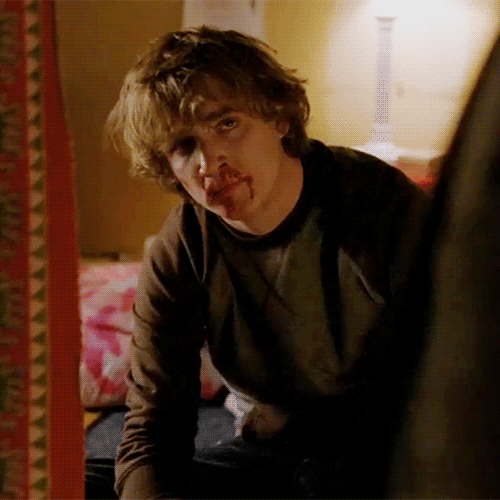
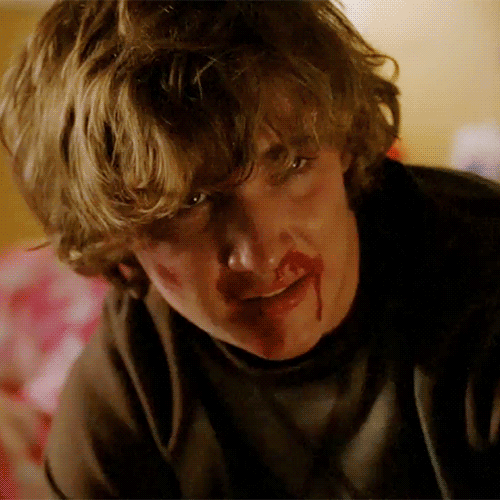
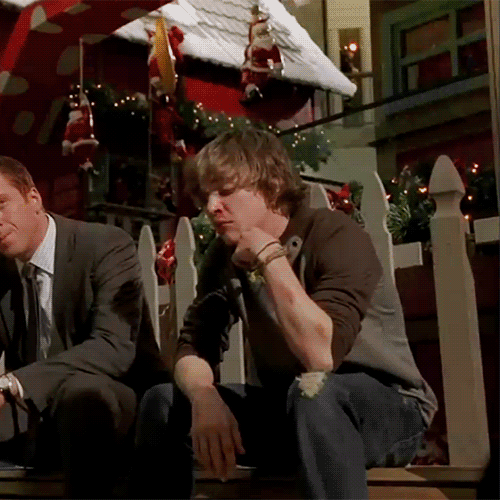
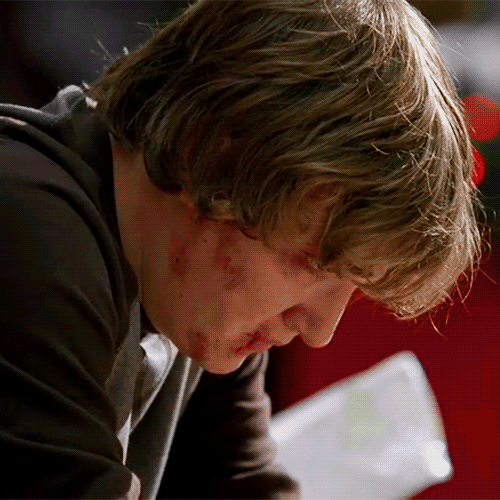
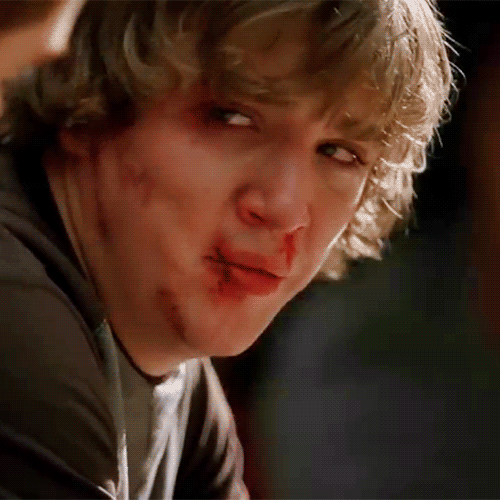
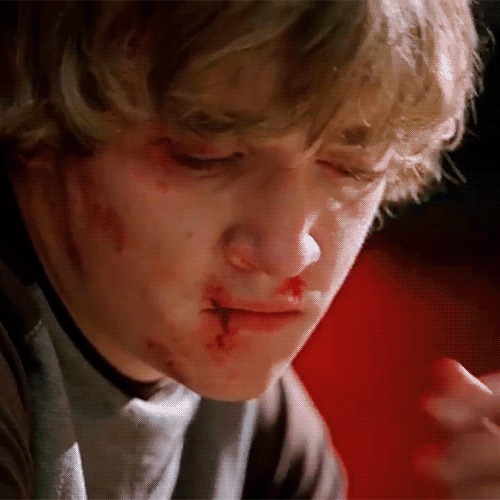
"He was right next to the railing." "He tripped." "No. He didn't."
#sorry i saw these and blacked out i had to the hands the blinking tic the blood and bruises#kyle gallner edit#kylegallneredit#kylegallner#kyle gallner#life#lifeedit#zak sutter#zaksutteredit#hes so sarcastic but he has a big heart okay he just loves his sister
273 notes
·
View notes
Text
Cupcakes, Music and Enterprise On Kids Day at the Market
Also, a senator, yoga and a parrothead. Only some of which got documented, but I tried!
Besides the yoga on the lawn in front to the thrift shop and the kids’ music lesson (which happened, but without my camera), there were some events that I did manage to capture.
Our first constituent services tent of the season was graced by Senator Craig Zucker, who had been busy growing a beard since I saw him last. It looks good on him!
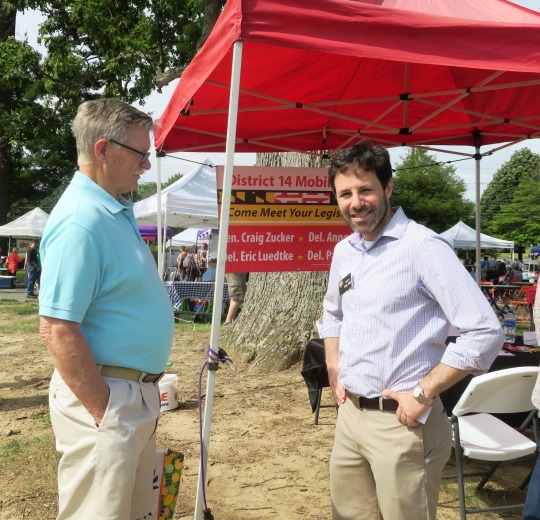
Constituent and Senator
Michele Gholston, at Major Flavor Seasonings, was wearing a bird on his head. It made a good visual, and seemed to attract business as well.
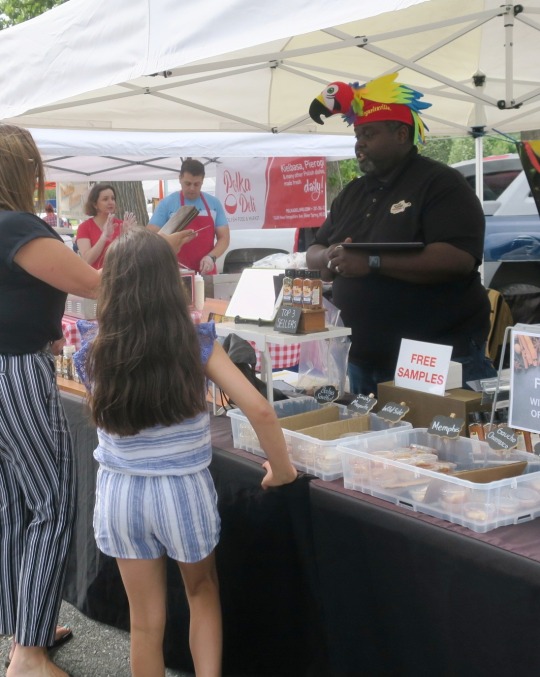
Customers and Parrothead
Many kids were selling their products and learning the basics of capitalism for Kids in Biz Day.

Baking Besties: Cameron and Bella
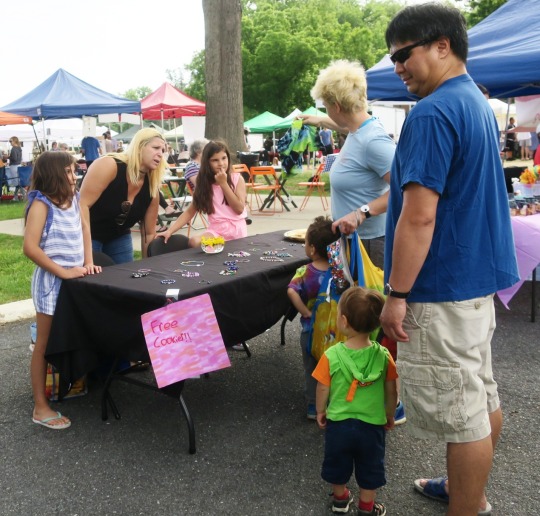
Sweet Jewelers Zoe and Liliana

Cookies and Paper Flowers Sold by Daisy and Charlin
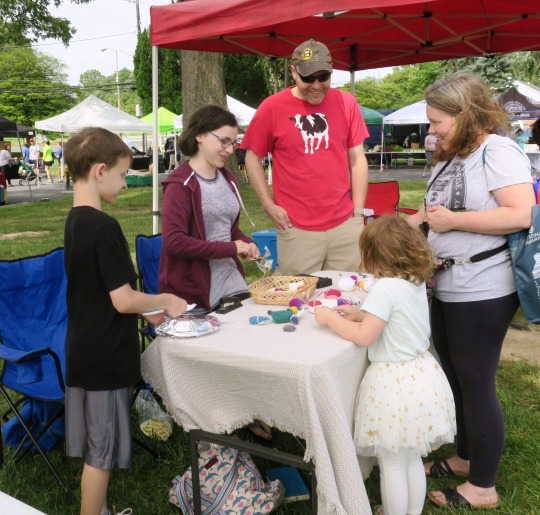
The Cutest Little Crocheted Animals Sold by Zak and Lily - Made by Lily
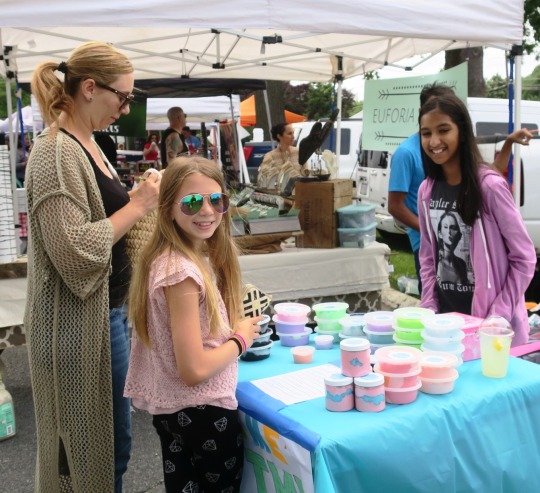
And Slime! Juliet Buys Devani’s Products
Anna Sutter of Sweet Pea Pastries provided cupcakes and supervision for the cupcake decorating activity. Over two dozen cupcakes were enthusiastically embellished.
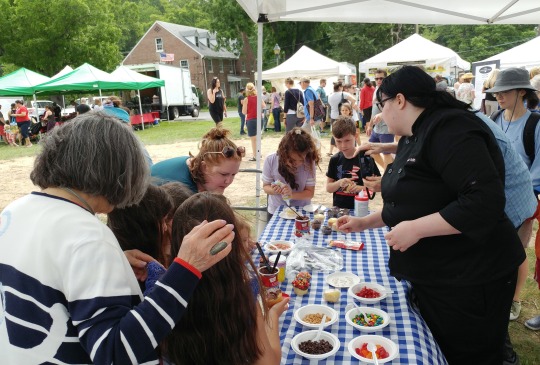
Anna Supervises the Cupcake Activity

The Parents Had Fun Too
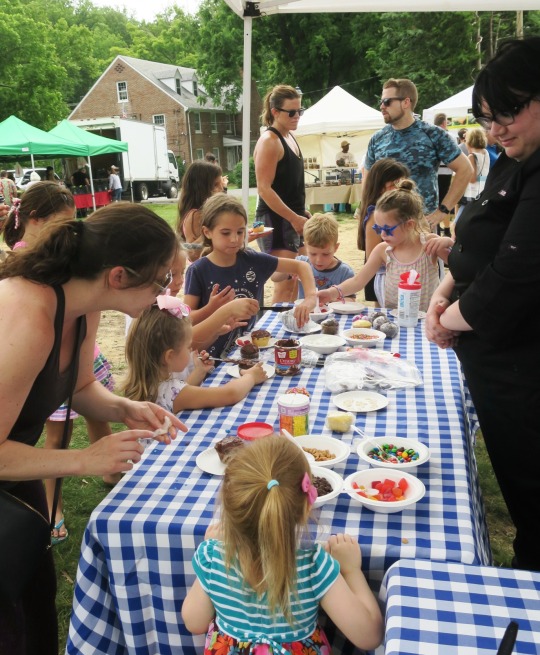
Sugar Rush City
Lots of folks were enjoying the sunshine and the band right up until the last hour or so of the market day, when it began to sprinkle – but even then, they stayed put to enjoy the day.

The Folks in the Field

The Band, Walls and Vino, Plays
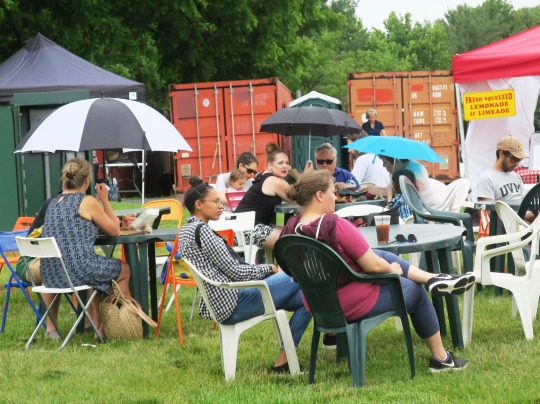
And Just a Little Rain
See you at the Market!
Judy Newton
2 notes
·
View notes
Text
Documentales, 19


‘Necessary Evil: Super-Villains of DC Comics’, Scott Devine, J.M. Kenny, 2013, VOSE.
Los malvados y muchas veces carismáticos villanos de DC Comics son analizados por guionistas, directores, actores y responsables de la editorial.
‘The New cinema’, Gary Young, Michael Heilemann, 1968, VO.
Entre la Nouvelle Vague y el neorrealismo italiano, Europa había sido objeto de una transformación continua en cine desde la década de los 50, mientras el sistema de estudios en América gimió bajo su propio peso e inercia. Un nuevo Hollywood había llegado con ‘Bonnie y Clyde’ en 1967, y ya en 1968 se pensó cambiar la forma narrativa.
De acuerdo con la descripción en YouTube aparentemente el documental nunca se emitió en televisión, ofrece una mirada fascinante a cineastas jóvenes de finales de los 60 y entrevistas de Gene Youngblood con George Lucas, que proporcionan un aspecto sobre su temprana carrera y la determinación de rebelarse contra las fuerzas dominantes de Hollywood.
Con la presencia de Peter Fonda, Dustin Hoffman, Roman Polanski y Sharon Tate, Andy Warhol, Francis Ford Coppola y George Lucas entre otros.
vimeo

‘William S. Burroughs: A man within’, Yony Leyser, 2010, VOSE.
Sobre William S. Burroughs de la vida y la obra del que fue calificado como el mayor exponente de la contracultura americana.
Narrado por el actor Peter Weller, con imágenes de archivo inéditas hasta el momento y numerosas entrevistas a amigos y artistas como Iggy Pop, Patti Smith, Genesis P-Orridge, John Waters, Gus Van Sant y David Cronenberg entre otros.

‘Milius’, Joey Figueroa, Zak Knutson, 2013, VE.
Sobre la historia de uno de los directores y productores más controvertidos de la historia de Hollywood, John Milius. Desde sus aspiraciones infantiles por unirse al ejército hasta su abandono de la industria del cine por sus creencias radicales y comportamiento volátil, Milius ha dejado un trabajo legendario en películas como 'Apocalypse now’, 'Tiburón’, 'Conan el bárbaro’ o 'Harry el sucio’.
Cuenta con la participación de ��l mismo, Charlie Sheen, James Earl Jones, Sam Elliott, Ed O'Neill, William Katt, George Hamilton, Kurt Sutter, Randal Kleiser, Lorenzo di Bonaventura, Bob Gale, Paul Schrader, Bryan Singer, Oliver Stone, Kathleen Kennedy, Matthew Weiner, Harrison Ford, Sylvester Stallone, Arnold Schwarzenegger, Richard Dreyfuss, Steven Spielberg, Clint Eastwood, Martin Scorsese, Francis Ford Coppola, Robert Zemeckis y George Lucas entre otros.

‘Cinema komunisto’, Mila Turajlic, 2010, VO.
Aunque Yugoslavia haya desaparecido como país, todavía existe en las películas: por ello se convirtió en una nación puramente cinematográfica.
De ello trata el documental que narra casi cincuenta años de la construcción de una identidad nacional a través del cine.
Desde un exhaustivo rastreo de archivos, la directora serbia Mila Turajlic logró narrar toda la dimensión épica de la República Federal Socialista de Yugoslavia, centrándose especialmente en el afán cinéfilo de Josip Broz, el Mariscal Tito, primer ministro entre 1963 y 1980, contada por su proyectorista privado, un personaje extraordinario llamado Leka Konstantinovic.
Con cameos antológicos de Alfred Hitchcock y Orson Welles, esta historia del cine yugoslavo es un álbum completo del apogeo del género bélico en su máxima versión antinazi, una cronología sobre la megalómana pulsión de producción que supera cualquier verosímil y, sobre todo, un catálogo lujoso de la grandeza aventurera perdida del cine industrial.

‘Easy riders, raging bulls: How the sex, drugs and rock 'n’ roll generation saved Hollywood' (‘Moteros tranquilos, toros salvajes: Como la generación del sexo, drogas y rock ‘n’ roll cambió Hollywood' - ‘La generación que cambió Hollywood. Easy riders, raging bulls’), Kenneth Bowser, 2003, VO - VOSE.
Basado en el libro con el mismo título de Peter Biskind sobre la generación de directores que dominó el cine estadounidense en los años 70.
Con la participación de Coppola, Scorsese, Bogdanovich, Arthur Penn y Peckinpah entre otros.
'La verdadera historia de Fiebre del sábado noche', Anthony Uro, 2010, VOSE.

‘Rewind this!’, Josh Johnson, 2013, VOSE.
“Rebobine, por favor.
Los cambios tecnológicos en los dispositivos de consumo audiovisual han tenido un gran impacto en la manera de ver, conservar y realizar cine, televisión y otras formas de la comunicación audiovisual. La actual revolución digital del cine se vio en cierto modo prefigurada por el impacto que produjo en los primeros ochenta la consolidación del vídeo doméstico.
El documental ’Rewind This!’, dirigido por Josh Johnson, 2013, que pudo verse en el pasado Festival de Sitges y que ha tenido un pase reciente en el canal especializado en cine TCM, es una oda al VHS. En una estructura clásica de documental divulgativo, Rewind This! presenta a lo largo de su metraje a una serie de personalidades singulares cuya vida, trabajo o forma de pensar y sentir el audiovisual se han visto marcados por el VHS. Son coleccionistas cuya máxima pasión es escarbar en ignotos mercadillos en busca de piezas olvidadas por el tiempo, cineastas independientes, empresarios avispados que supieron ver la revolución que se acercaba, o aficionados de la vibrante escena de Austin, Texas, cuna de algunas de las más estimulantes convulsiones en la cinefilia contemporánea. Todos estos personajes insisten con sus testimonios, opiniones y análisis en la idea de que la consolidación del VHS como soporte para el consumo audiovisual a lo largo de los primeros años ochenta del siglo XX supuso una serie de cambios notabilísimos que cambiaron radicalmente el panorama del cine y que fueron, sin duda, el detonante de las condiciones que dan forma a la actual era de hiperinflación de vídeo.
En primer lugar, el VHS fue la piedra angular del cambio de nuestra relación con la televisión, al introducir la posibilidad de lo que se conoce en el ámbito especializado como time shifting (grabar los programas de televisión para verlos en un horario más conveniente). De hecho, puede decirse que el VHS nació, quizá no como tecnología, pero sí como producto de consumo, para grabar televisión. Pero la liberación del sometimiento al horario de emisión (que, en realidad, tampoco parecía una reivindicación mayoritaria) no fue la única consecuencia. Esa capacidad de registro para el visionado diferido se traduciría, también, en una capacidad de archivo, lo que acabaría teniendo un impacto sensible en los cinéfilos, al crear las condiciones para generar colecciones cinematográficas particulares.
Algo más tarde llegaría la otra gran transformación provocada por el VHS: la popularización del consumo doméstico de películas. Rewind This! narra aquel momento fundacional en el que Andre Blay solicitó a las majors los derechos de explotación de sus películas en formato de cinta magnética doméstica. Todas las majors declinaron excepto Fox. Pero la realidad se impuso, y pocos meses después, las grandes productoras-distribuidoras habían creado sus propios sellos de vídeo, iniciando así la transformación más profunda que la industria de los contenidos audiovisuales haya tenido en su historia. Para entender la magnitud de tal cambio, baste pensar en dos fenómenos. El primero es la importancia que desde entonces han tenido los beneficios por explotación de vídeo doméstico en la cuenta de resultados de cualquier major. El segundo es la irrupción en el ecosistema industrial del audiovisual de nuevas prácticas empresariales y nuevos enfoques del negocio. El productor, director y guionista Charles Band, máximo responsable de la que fuera una de las más destacables productoras independientes de los años ochenta (Empire Pictures), reflexiona sobre este fenómeno de forma muy clara en Rewind This!, cuando explica que, aunque las diferencias de presupuesto entre Terminator 2 y su producción Puppet Master fueran enormes, ambas ocupaban en el videoclub el mismo espacio y luchaban por el mismo público. En la época del dominio incuestionable del blockbuster en las salas de cine, los videoclubes fueron una saludable ampliación del campo de batalla para la competencia entre productoras y distribuidoras y el caldo de cultivo para la eclosión de toda clase de cineastas independientes. Aún más, el concepto de cineasta independiente amplió sus límites notablemente, para incluir a realizadores de guerrilla armados con una cámara doméstica.
Estas líneas han comenzado apuntando que las transformaciones que produjo el VHS prefiguraron el momento actual de la cultura del vídeo. Quizá se entienda mejor diciéndolo de otro modo: hay mucha menos distancia en el salto del VHS a la combinación de vídeo digital e Internet, que en el salto del cine doméstico en formato Super8 al VHS. En la actualidad, aunque no haya desaparecido el evento televisivo en directo, el time shifting es una práctica casi generalizada, el consumo en casa es ya la forma privilegiada de ver cine y la producción amateur vive su minuto de oro gracias a la combinación de los millones de cámaras de vídeo disponibles en toda clase de dispositivos y los servicios de alojamiento de Internet. Y lo que creó las condiciones para ese cambio tecnológico y cultural fue el VHS.
Y ahora viene lo que para el autor de estas líneas es la coda triste de la historia: más de dos décadas después del momento de gloria del VHS, los amantes del cine doméstico en formato físico nos vemos obligados a batirnos en retirada. El streaming, el VOD y las descargas, tanto legales como alegales o ilegales, se convertirán definitivamente en las formas habituales (si no las únicas) de consumo cinematográfico en casa, dejando nuestras estanterías de discos (dvd y blu-ray) como reliquias. Pero, y pido disculpas por el exceso de terminología militar, después de la retirada viene la guerra de guerrillas. No debería resultar extraño, por tanto, que algunos de esos amantes, convertidos en guerrilleros, hayan comenzado a rebobinar la Historia, reivindicando aquellas cajas de sueños hechas de cinta magnética envuelta en enormes y poco prácticas cantidades de plástico.”
Publicado originalmente en COMeIN. Revista dels Estudis de Ciències de la Informació i de la Comunicació de la UOC, 27 (noviembre de 2013) por Jordi Sánchez Navarro, investigador y profesor de comunicación (UOC). Programador en Anima’t de Sitges Festival Internacional de Cinema Fantàstic de Catalunya.

‘Perdidos en La Mancha’ ('Lost in La Mancha’), Keith Fulton, Louis Pepe, 2002, VOSE.
En 2000 Terry Gilliam intentó llevar (ABC.es) El Quijote a la gran pantalla en un proyecto titulado 'El Hombre que Mató a Don Quijote'. Sin embargo una serie de desgracias para la historia del cine hace que nos tengamos que conformar con el documental sobre el rodaje de éste magnífico sueño de Gilliam en España que ahora piensa reanudar.
En el puede verse como los técnicos se desesperarán por el modo de trabajar de Gilliam, una mente caótica y genial donde hierve una imaginación desbordante, y por los accidentes, lluvias y productores intransigentes.

'American movie’, Chris Smith, 1999, VO.
Sobre Mark Borchardt, un aspirante a director de cine que trata de financiar el proyecto de sus sueños y poder así terminar de rodar su película, de terror y de bajo presupuesto que había abandonado años atrás. Wikipedia.
0 notes
Photo
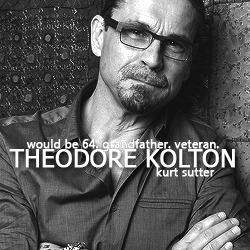
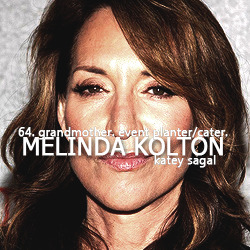
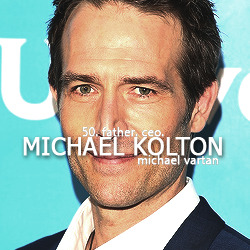
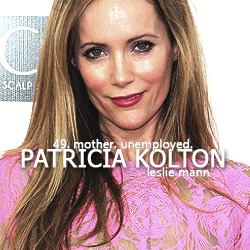
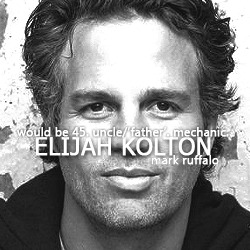
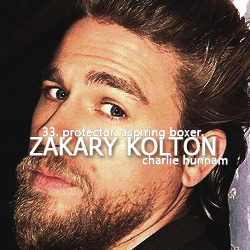
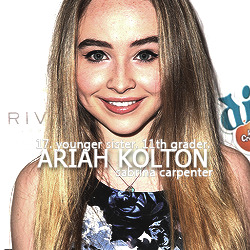
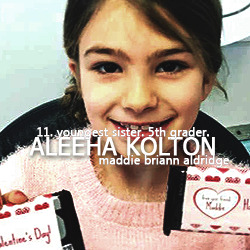
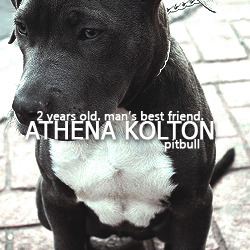
THE KOLTON FAMILY
"You know, I got pregnant at fourteen, and it was --- it was hard. I was on my own for a while. But the love I had for that baby, for your father, it was like nothing else. I never thought --- I prayed that he wouldn't repeat the same mistakes I had. But the older he got, the more rebellious he got. When I met Theo, I thought --- this could be good for him. And for a while, it was. But before I know it, he had knocked up this blonde, hardly sixteen. I was crushed, but I don't think anything crushed me more then seeing him leave his responsibilities behind. Like his father had. No second look back. I never thought he'd do that, I didn't raise him that way. But I'm grateful that I was able to help you, and your mother. Eli was the kind of man I had wished your father would've been. I don't know how he went so right, and Mikey went so wrong. All I'm asking you, is please don't make the same mistakes that I did, that your mother did. Or your father. It's funny, if you think about it. In a sick twisted way. How the cycle seemed to repeat itself. Don't let the cycle repeat for you." "I won't."
Melinda Ann Kolton (nee Carter) ; Katey Sagal
64 years old. Grandmother. Goes by Oma, Nana, and Mimi.
Had her first child at fourteen, and raised him on her own, until she met a man named Theo Kolton at nineteen. And had her second child at twenty, followed by a quickie wedding.
Never loved a man more then she loved Theo. They were married for twenty-three years, before he was killed.
Took in her grandson when his father upped and left both child and mother.
Currently has custody of her two youngest grandkids.
Has created and built an amazing event planning and catering business.
Theodore Richard Kolton ; Kurt Sutter
Would’ve been 64 years old. But died at 47 years old during a mass shooting.
Served in military for 27 years, lost a leg in war. Retired honorably.
Is Elijah’s biological father, but not Michael’s. He did adopted the young boy after marrying Melinda. Therefore giving him the last name. A faith that seemed to repeat with his only son.
Loved his grandson, and the grand daughter he got to met. No one doubts that he’d love his last one as well.
Believed to be watching over the family along side his son, Elijah.
MICHAEL JAMES KOLTON (nee Carter)
Is 50 years old. And a CEO to a major cooperation.
Is Zak’s biological father, but left before the boy was born. Only proving to be his father’s son.
Has gone on to have his own family, not really communicating with the rest of the Kolton family. There seems to be some resentment from his side to them, and the reason is unclear.
Has not, and will not acknowledge Zak as his son.
PATRICIA KATHERINE KOLTON (nee James) ; Leslie Mann
Is 49 years old. The mother of Zakary, Ariah, and Aleeha. The woman who had been in love with both of the Kolton brothers. Having children to each one.
Went to school, with the help of Melinda, to become a nurse, and give her son a better life then she was giving him. Her life was on track for the longest time.
Eventually falling in love with Elijah Kolton, who had been there in ways no one else had been. Marrying him, and birthing their first daughter. Life was good. Until Elijah was killed, leaving Trish pregnant with her third child. One that would never meet her father.
After the birth, and the uncanny resemblance the baby had to her late husband, Trish couldn’t handle it. Beginning with stealing pills, before becoming addicted to all kinds of drugs.
Currently on a no talking terms with her mother-in-law and children. And still in New York.
ELIJAH CARTER KOLTON ; Mark Ruffalo
Would’ve been 45 years old had he lived. The kid brother to Michael, and biological father to both Ariah and Aleeha.
Confessed his love for his brother’s ex, who he’d later come to marry. Adopting her son, as his own.
Was his mother’s rock.
Former aspiring boxer, who later had to give up the dream once he got hurt, and made a promise to his wife. Although a part of him was taken that day.
Become a mechanic, and taught Zak everything he knows. Including how to be a man.
ZAKARY JEREMIAH KOLTON (nee James) ; Charlie Hunnam
Is 33 years old. And an aspiring boxer, in memory of his uncle, and the only real father he ever had.
Has memorial tattoos for both his uncle and grandfather. As well as a family tattoo that include his mother, grandmother, and sisters.
Huge, huge, huge on family. Is 110% a family man.
Was a product of teenage pregnancy. Hates his bio father with a passion, and is currently hurt by his bio mother who isn’t anything near what he remembered of her.
Went to prison for six years because of his mother. Never once did she come see him, not for anything good at least. Never apologized. A mistake Zak regrets. Although he still misses and loves her. He just can’t be around her.
Workaholic. Also works as mechanic and bartender.
His grandmother is his rock, and he’s his sisters’ keeper.
ARIAH JAYDE KOLTON & ALEEHA JOCELYN KOLTON ; Sabrina Carpenter & Maddie Briann Aldridge
Is 17 and 11 years old. The youngest of the Kolton bunch.
Ariah is blonde and blue/green eyed like her mother.
Aleeha is a brunette, with brown eyes, a copy of her late father.
Ariah was with her father the night he was killed, witnessing it all, and to this day, it still affects her. Aleeha never met her father. All she has of him is pictures.
Ariah is in 11th grade, while Aleeha is in 5th. Zak has given them nicknames; Ari and Lee. He’s been given; nerd and bear by his sisters.
Loves their brother more then anything, and despite the age distance, will do whatever to protect him. As he will them.
Ariah is struggling with what feels like the lost of two parents, while Aleeha doesn’t really know what to do, or feel, because she never knew either of her parents.
ATHENA KOLTON ; a grey and white pitbull
Recently rescued from a shelter.
His sister picked her out, and even naming her. Keeping with the A name traditional for the Kolton girls, it seems.
Is two years old, and the sweetest girl. Loves all three of the Koltons. And even momma Kolton.
Really is man’s best friend.
#( x | about. )#( x | zakary kolton. )#( x | the koltons. )#( x | thank you for never giving up on me. | oma. )#( x | i love you. and i miss you. but i also hate you. | mother. )#( x | everything i'm doing i'm doing to make you proud. | uncle elijah. )#( x | i am my sisters' keeper. | ari & lee. )#( x | man's best friend. | athena. )
7 notes
·
View notes